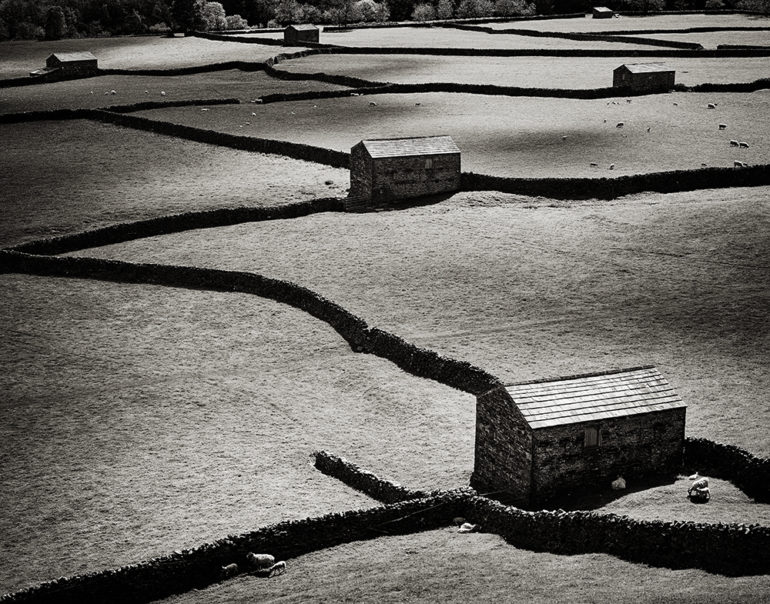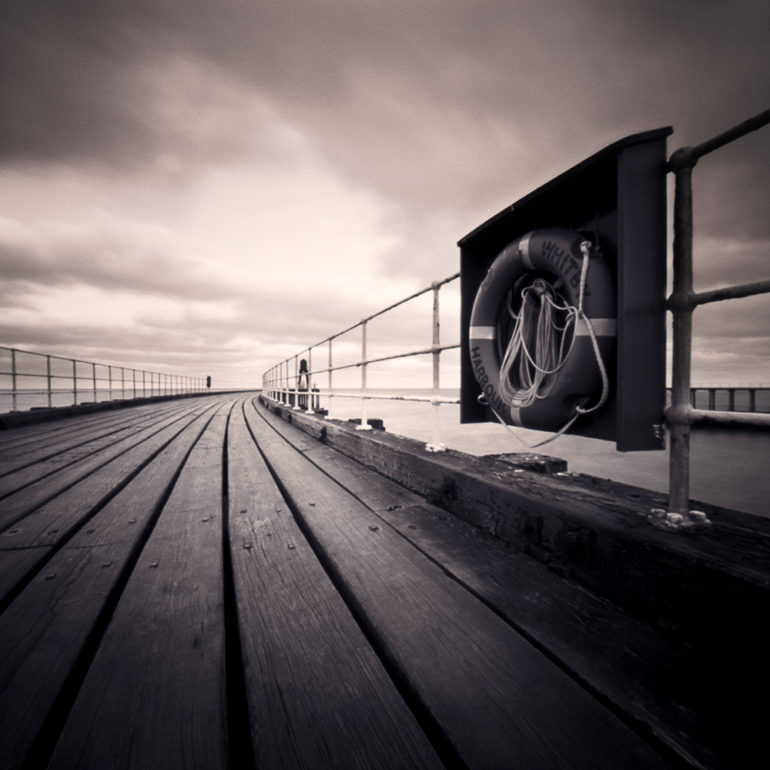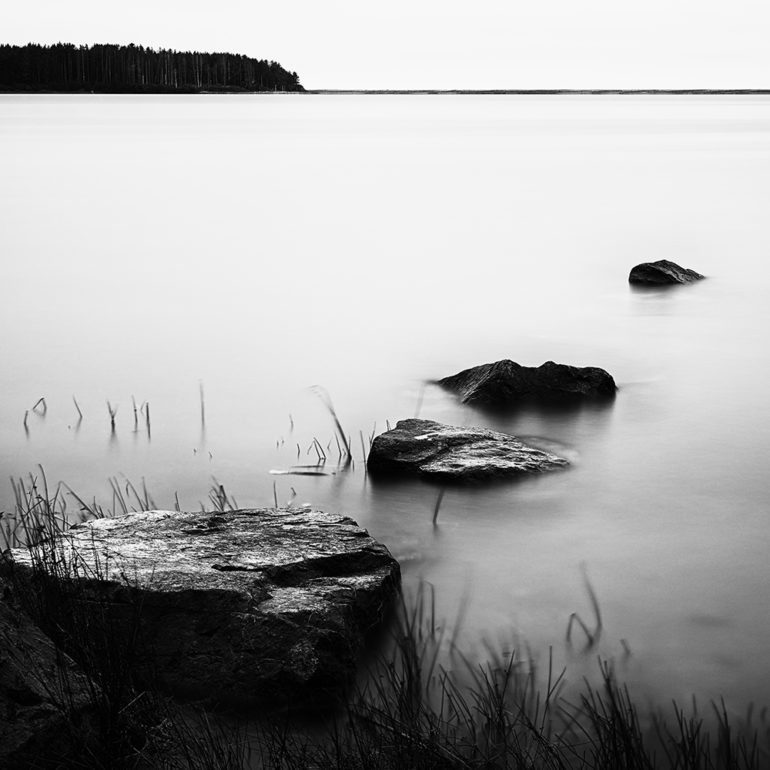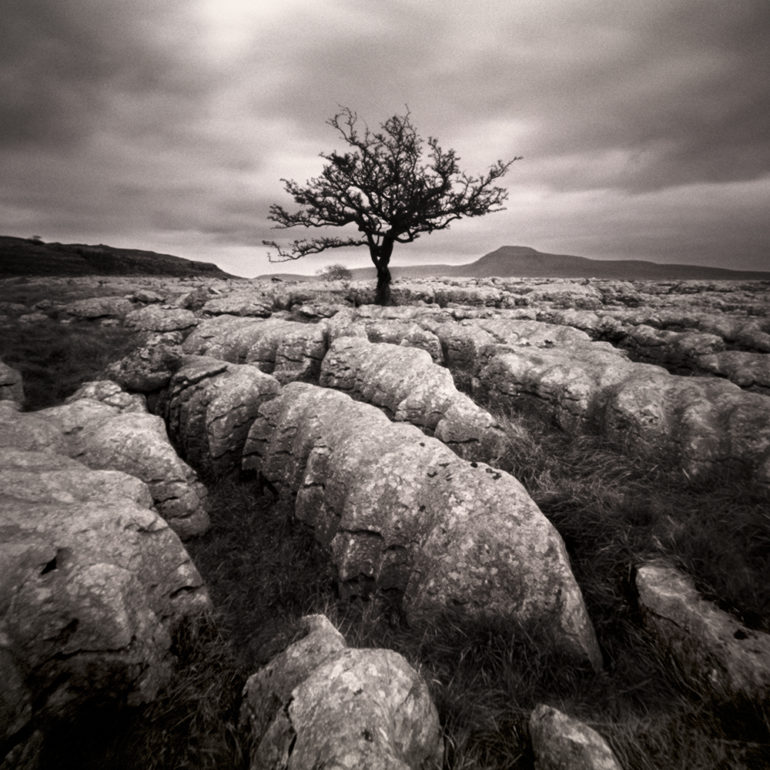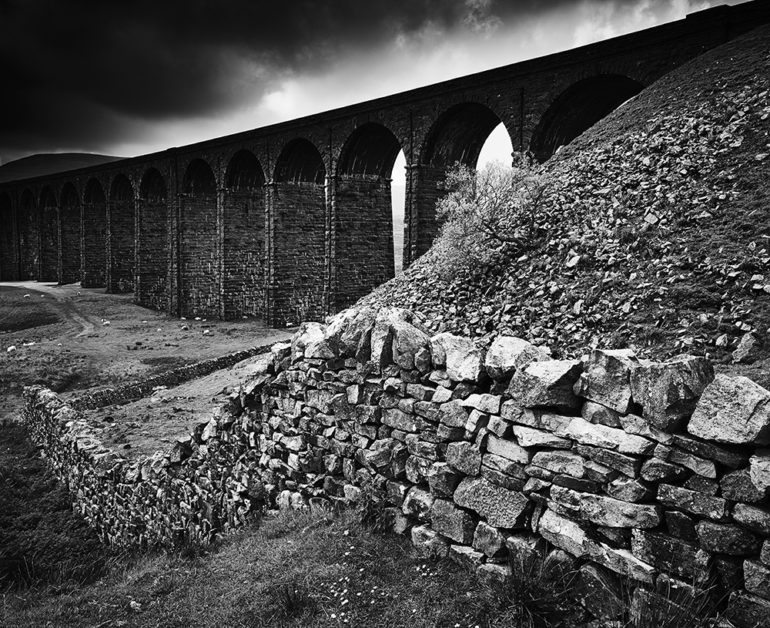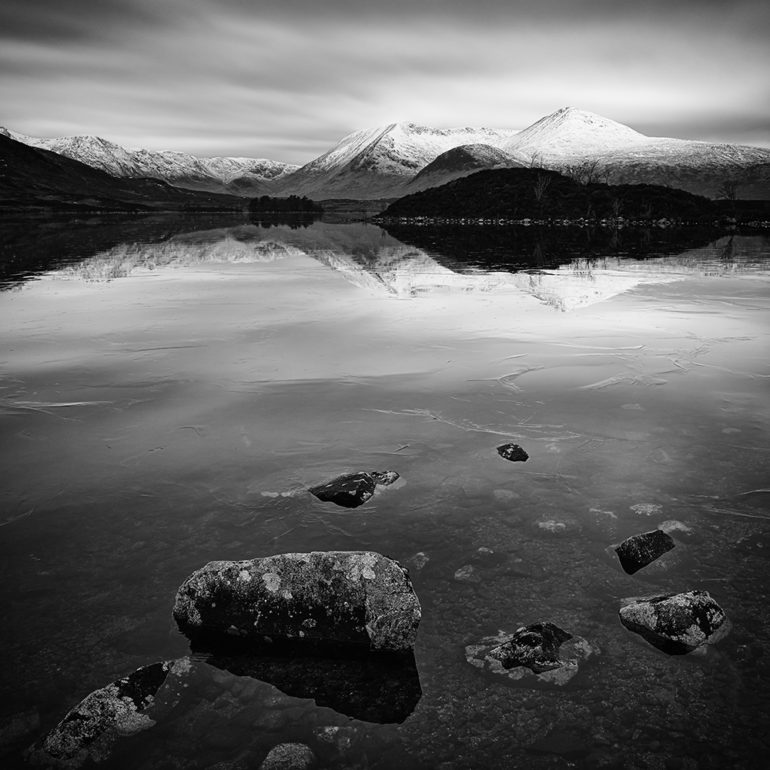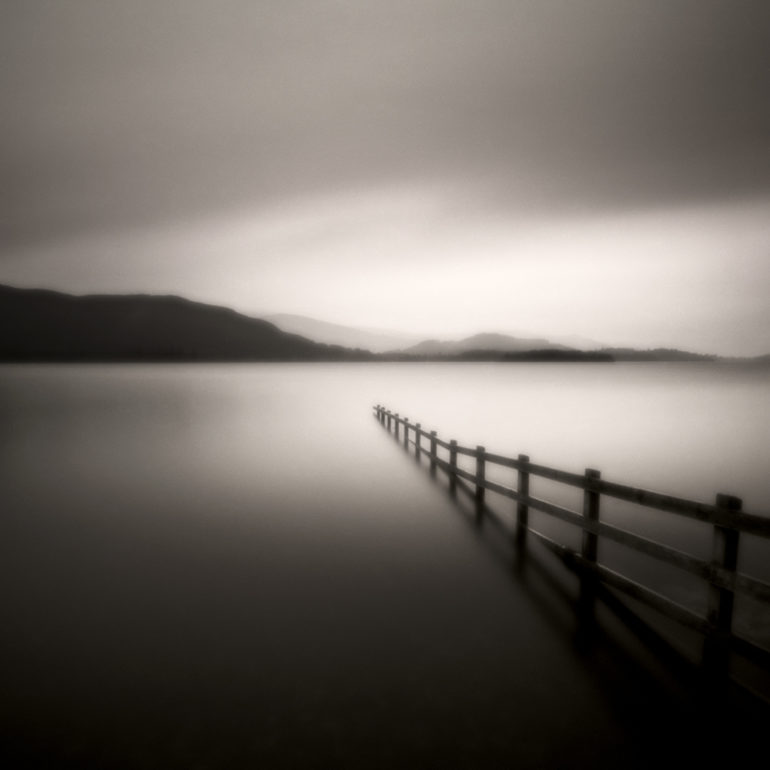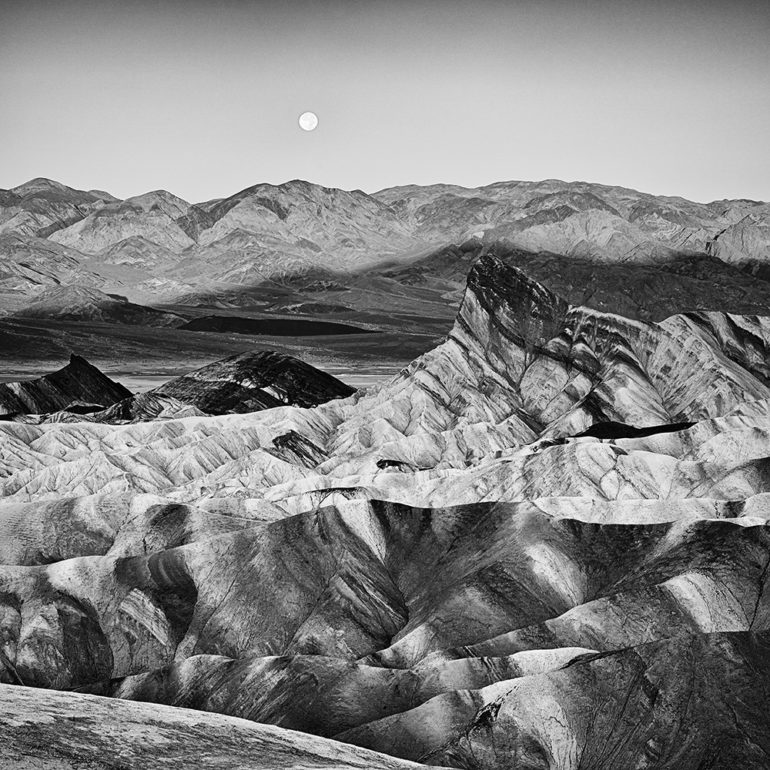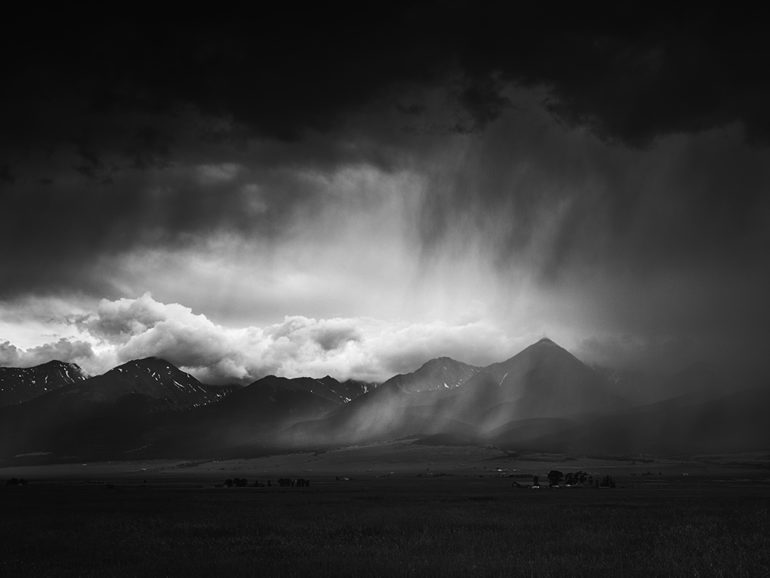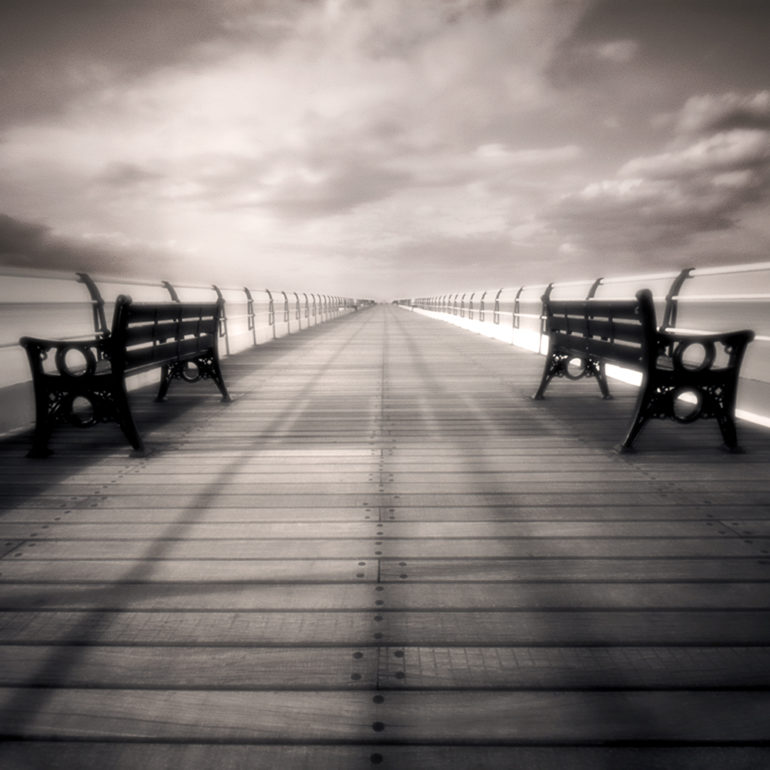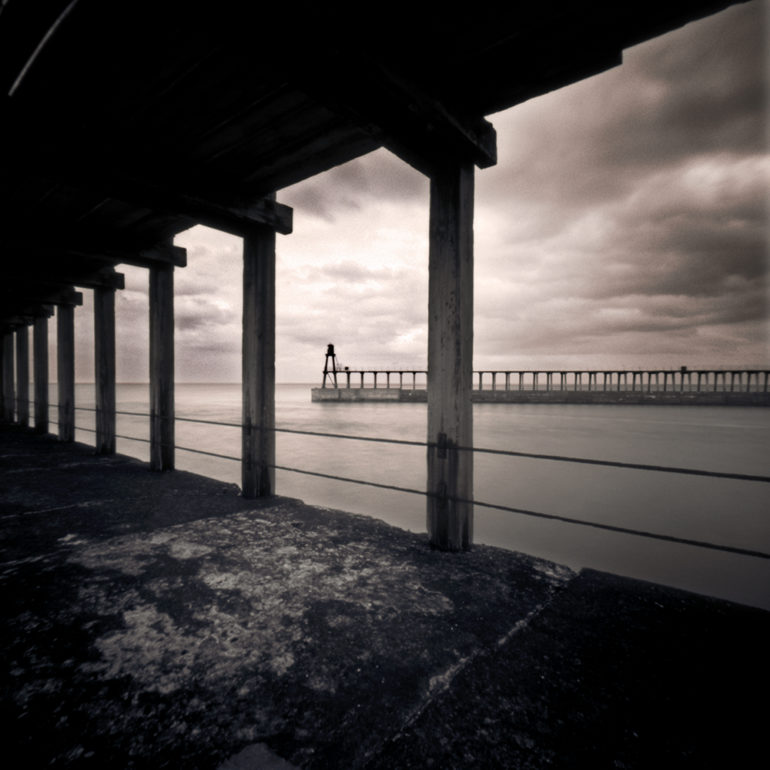All images by Steve Gosling. Used with permission.
Photographer Steve Gosling is a true black and white artistic photographer. To him, the gear is only secondary to his creative vision. This is evident in his choice of mediums. He’s used pinhole cameras, large format, and even works with Phase One cameras and lenses. His affinity for the artistic side of photography started when he was really young. He had no interest in math, science, etc. Instead, he was captivated by photography. Luckily, that passion never died out for him.
But if you’re a lover of landscapes, you’re surely going to enjoy his photos and his thought process.
Phoblographer: Talk to us about how you got into photography.
Steve: I’ve been taking photographs since I was aged 7 and considered a career in photography when I was at school but to get into college then you needed to be good at math, chemistry and physics (all subjects I hated!). As I was more interested in the art than the science of photography I turned my attention to other things (as a teenage boy that was mainly dating and football!!).
I continued my interest in photography as a hobby though, sold my first photograph about 35 years ago and freelanced in various forms for a number of years – evenings and weekends around a salaried job, then part time until eventually taking the plunge and becoming a full time pro landscape and travel photographer.
Phoblographer: What made you want to get into black and white photography?
Steve: When I started taking photographs as a young boy B&W film was the only realistic option (colour film was expensive to buy and to process) so I grew up seeing the world as a B&W photograph. So, although I do occasionally shoot colour, my default is to see the world in B&W.
B&W also suits the way I like to photograph. My preference is to produce images that are more about interpretation rather than representation. B&W photographs are already one step away from reality so they’re never going to be an accurate record of a scene. And because it’s non-literal in this sense, viewers of B&W photographs seem more accepting of manipulated images (you don’t get the ‘you cheated in PS’ response that is a more common reaction to heavily worked colour shots!). All of this means that I feel I have more licence to work on a photograph to communicate feelings & emotion – a prime goal of my image making is to represent visually what I’m feeling at the time of pressing the shutter.
Phoblographer: You’re quite an interesting creative. You’ve worked with the new Phase One Achromatic back and have created very highly detailed photos, but you also have a series about pinholes. How do you feel that those sections of your creative brain differ when it comes to creating photos?
Steve: As a creative person I think it’s important to keep developing, experimenting, trying new things and pushing boundaries. I don’t like to feel that my vision & style are static – evolution and growth are essential elements in the creative process.
So my pinhole photography started as a bit of fun, an experimentation to see what I could do with a pinhole camera in the landscape. It wasn’t driven by any commercial considerations; it was motivated by my interest in exploring different creative approaches to photography to keep my vision fresh and as a way of challenging myself.
As it turned out I fell in love with pinhole photography – I particularly like the wide angle of view, the infinite depth of field, the slight softness of the photographs and the long exposures that record not one but a succession of ‘decisive moments’. This enables me to photograph the dynamic nature of the landscape – it’s always changing, moving, evolving, whether over a few minutes & seconds or a much longer time period.
This has influenced my whole approach to landscape photography so that the characteristics & features of pinhole photography I enjoyed so much led me towards shooting with wide angle lenses on my Phase One A-series camera and using ND filters to give me long exposures.
I don’t see the photographs I take with different types of equipment as being separate entities – they all reflect my vision and how I want to communicate what I see & feel. It’s a process of taking various stimuli & approaches and allowing them to interact, to develop & evolve eventually melding them into one way of seeing & representing the world. The tools I chose to do that are based on my response to the subject – whether it’s a pinhole camera or a Phase One A-series with a Rodenstock lens it’s about me selecting the right tool to most appropriately communicate what I want to say at that point in time.
Phoblographer: Do you feel that there are any specific black and white photographers that have really had an influence on your work? Who would they be?
Steve: Over the years my landscape photography has been influenced, motivated and encouraged by a variety of sources. I’ve been particularly inspired by Hiroshi Sugimoto (his images convey so much beauty in their simplicity) and Michael Kenna (for his black & white minimalist landscapes).
However I also get inspiration from photographers working in other areas e.g. Elliott Erwitt (for his humour and keen observational eye) and Jason Langer, Keith Carter & Susan Burnstine (for their ability to communicate ideas and emotions via their photographs).
I’m also inspired by the landscape work of artists & painters such as John Knapp Fisher and Norman Ackroyd.
I’m a great believer that creativity doesn’t come solely (or even mainly) from within. We don’t really start with a blank canvas – our photographs come from a synthesis of ideas, thoughts, emotional & visual responses etc to outside stimuli. So I’m always drawing my inspiration from a variety of sources – other photographers, artists, music, novels as well as life experiences.
Phoblographer: Now you’ve been shooting for a while, so how do you feel creating a final image or print differs these days when shooting pinholes?
Steve: I tend to work slowly, methodically and in a reflective, considered way. I’m usually clear what I’m trying to achieve and when all the elements come together (e.g. light, cloud structure) then I take a limited number of exposures (even when using a digital camera – I’m not a fan of the ‘spray and pray’ approach!).
Phoblographer: Do you feel like medium format and something like a large format imagery tends to give you a special quality and that each medium is their own?
Steve: I’ve always enjoyed the slower & more considered process of working with medium format cameras and that’s why I’m a lover of my Phase One A-series technical camera. It’s a comparatively simple approach to image making – manual setting of shutter speed & aperture, no auto focus, no built in metering etc. Using this camera I feel like I’m in control, that I’m crafting the image and not reliant on technology to do the work for me. But combined with a Phase One digital back I have the best of both worlds e.g. I have an effective Live View facility (that has transformed the use of the technical camera) plus the added benefit of the quality & convenience of working with a high resolution digital back.
I’ve recently had the opportunity to shoot briefly with the new IQ3 100Mp Achromatic back. The quality of the image files are amazing with a detail and a tonality that blew me away. As a dedicated B&W image making tool this will allow me to produce large prints of my images that emphasise the textures, details and tonalities of the landscape.
Phoblographer: One of the biggest fun factors of shooting pinhole has to do with not knowing what you’ll get. So when you go shoot, do you have a specific set of guidelines that you follow or do you just tend to go about shooting and embracing the inherent flaws of the process?
Steve: Using my pinhole camera is a therapeutic and relaxing process best suited to a laissez faire philosophy of ‘what will be, will be’. As a photographic control freak learning to accept that I had limited control of the picture taking process was one of the hardest but also most rewarding aspects for me. What’s recorded by the camera is not totally predictable and that adds to its attraction. Not least it brought back some of the excitement and fun into my photography.
With practice I have learnt to exercise a degree of control when required – experience has taught me I can be precise about framing (with the aid of an empty medium format slide mount) and exposures are calculated with a spot meter. However once those factors have been determined then the rest is largely influenced by serendipity. Scary but liberating at the same time!
Phoblographer: It seems like black and white is seeing a type of resurgence due to Instagram and other social platforms. Why do you feel that is? Would you agree that there are times when the human eye just wants to be mesmerized and captivated by the more simple, ethereal things or do you think it has a part of to do with the very nature of culture looking to the past for inspiration?
Steve: As someone who has always been attracted to B&W photography it’s hard for me to assess why it’s becoming more popular (it’s never been unpopular in my eyes!). I also don’t associate B&W with the past so I’m not convinced that some concept of a romantic reminiscence is true either.
I do think the simplicity of B&W imagery is appealing. In a complex, chaotic and frequently colourful world to be able to reduce the visual down to core essentials is alluring. Admirers of my work tell me that they are attracted to the simple, graphic and minimalist approach to design where the emphasis is on line & shape, tone & texture and pattern – these are the building blocks of my B&W landscape images and that’s what people seem to be drawn to.
Phoblographer: Crazy question: but have you tried pinholes with the new Phase One back?
Steve: I have experimented with pinhole adaptors on digital cameras (Olympus M4/3s and Leica M) to see if I can combine the aspects of lensless image making that I love with the convenience and flexibility of digital photography. The results are different to film images (with digital pinhole photographs being softer and more impressionistic) but encouraging.
I am keen to try out the Phase One IQ3 100Mp back with a pinhole adaptor as the electronic shutter built into the back makes this very easy to achieve. It may sound perverse but I’m very excited by the potential of a 100Mp pinhole camera!



